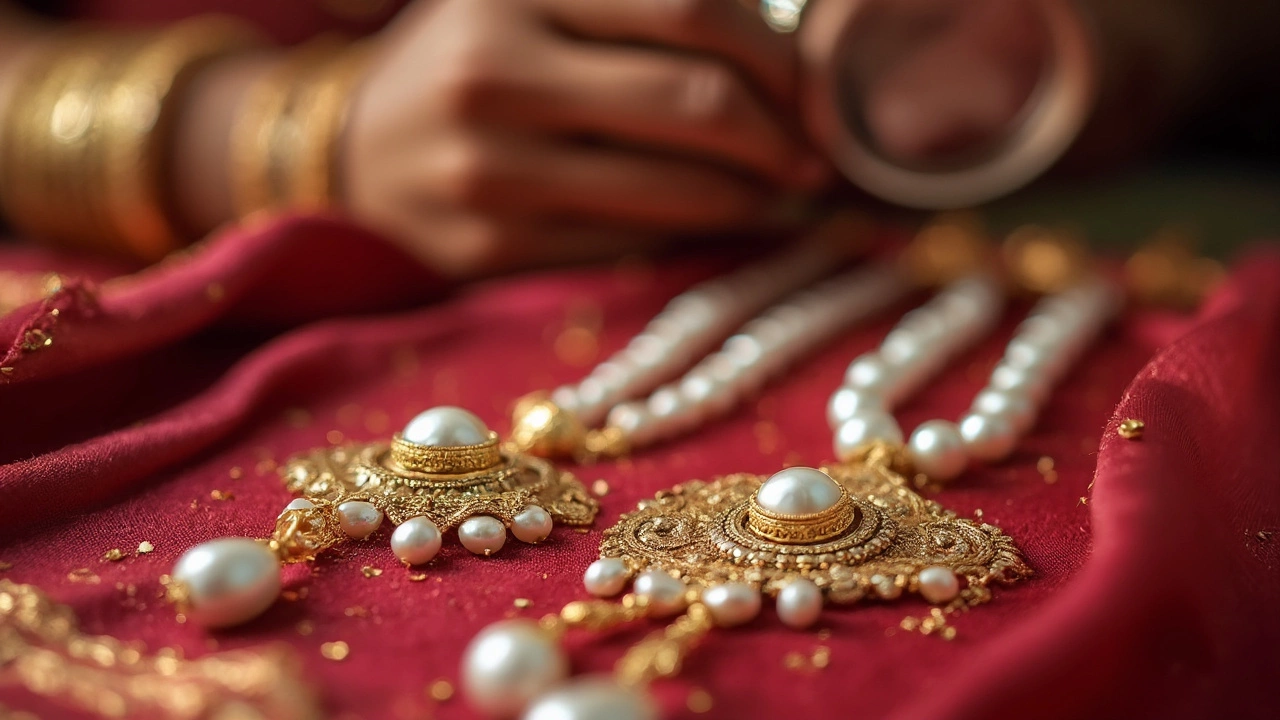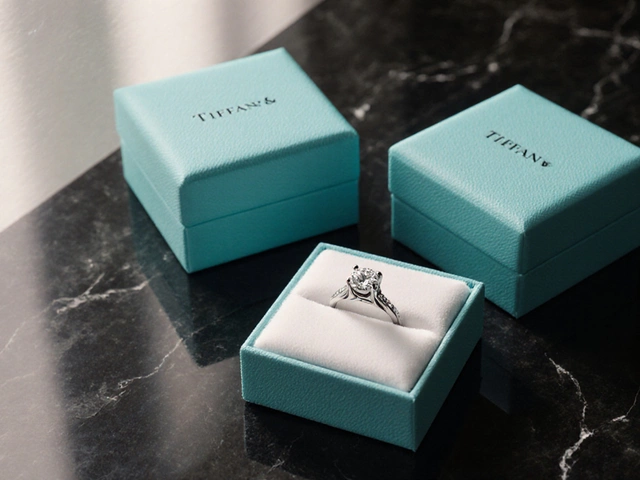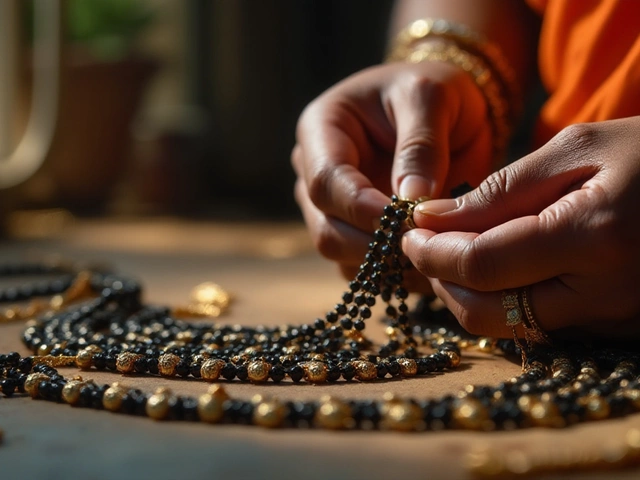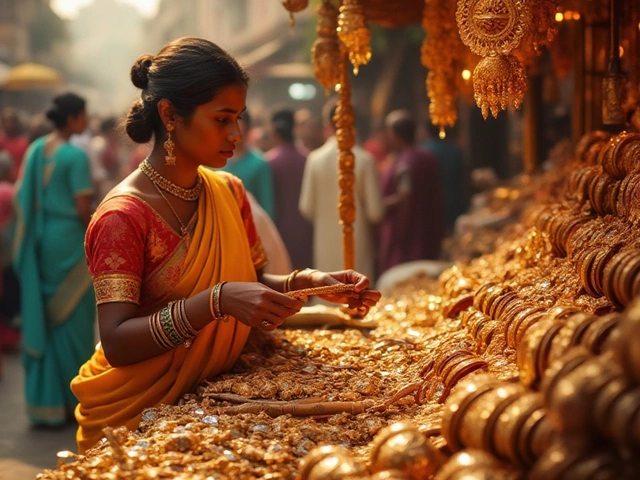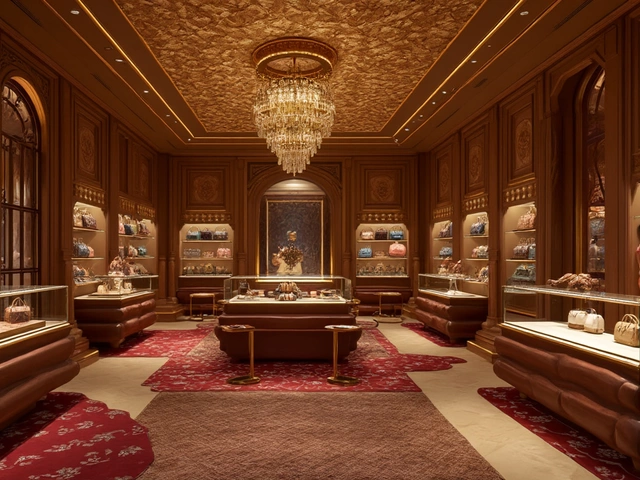All About Moti Types: Which Pearl Fits Your Style?
If you’re scrolling through jewellery collections and see the word “moti”, you’re probably wondering what makes one pearl different from another. The short answer: size, origin, and how they’re grown. The long answer is a handful of simple categories that tell you everything you need to know before you click ‘add to cart’.
Common Moti Varieties
Freshwater moti are grown in rivers and lakes, mainly in China. They’re usually irregular in shape, softer, and cost less than their sea‑grown cousins. If you like a natural look and want a budget‑friendly option, these are a solid pick.
Akoya pearls come from saltwater oysters, mostly in Japan and China. They’re known for their smooth, round shape and bright, reflective luster. Because the oysters are carefully cultivated, Akoya moti tend to be pricier, but they also give that classic, elegant shine you see on bridal sets.
South Sea moti are the heavyweights. They grow in the warm waters off Australia, Indonesia, and the Philippines. Their large size (often over 9 mm) and deep golden or white hues make them stand out in statement necklaces.
Tahitian black pearls are anything but black—they range from dark grey to rich greenish‑blue. The unique colour comes from the black‑lip oyster in French Polynesia. These pearls are a favorite for modern, bold designs.
Keshi pearls are tiny, seed‑like gems that form by accident when an oyster rejects a bead. They’re irregular, often baroque, and prized for their natural texture. If you love an artistic, “one‑of‑a‑kind” vibe, look for keshi moti.
How to Choose and Care for Moti
First, think about where you’ll wear the piece. Everyday wear calls for tougher freshwater moti, while a formal occasion can handle the delicate Akoya or South Sea types.
Next, check the luster. A good pearl reflects light from the inside out, giving a lively glow. Hold the stone up to a light source—if you see a bright shine, you’ve got quality.
Size matters, too. Larger pearls (9 mm+) create a bold look, but they can also feel heavier. Smaller moti (5‑6 mm) are subtle and perfect for earrings or simple studs.
When it comes to care, treat moti like a living thing. They’re mostly made of calcium carbonate, so avoid harsh chemicals, perfume, and sweat. Wipe them with a soft, damp cloth after each use and store them separately in a soft pouch to prevent scratches.
If you’re buying online, look for clear photos that show the pearl’s surface, and check the seller’s return policy. Reputable shops will provide a certificate or hallmark that states the pearl’s origin and grade.
Bottom line: knowing the basic moti types helps you match the right pearl to your budget, style, and occasion. Whether you pick a budget‑friendly freshwater pearl or splurge on a South Sea gem, a little knowledge goes a long way in getting the most out of your jewellery.
Moti Types in Mangalsutra: What are the Two Main Varieties?
Curious about the types of moti (pearls) found in mangalsutras? This article breaks down the two main varieties, explains how they differ, and why people choose one over the other. It also gives tips on spotting real moti in your jewelry and how to care for each type. If you’re thinking about buying a mangalsutra or just want to know more about its design details, this guide will help you make sense of your options. By the end, you’ll be able to spot the difference and pick what’s best for you.
